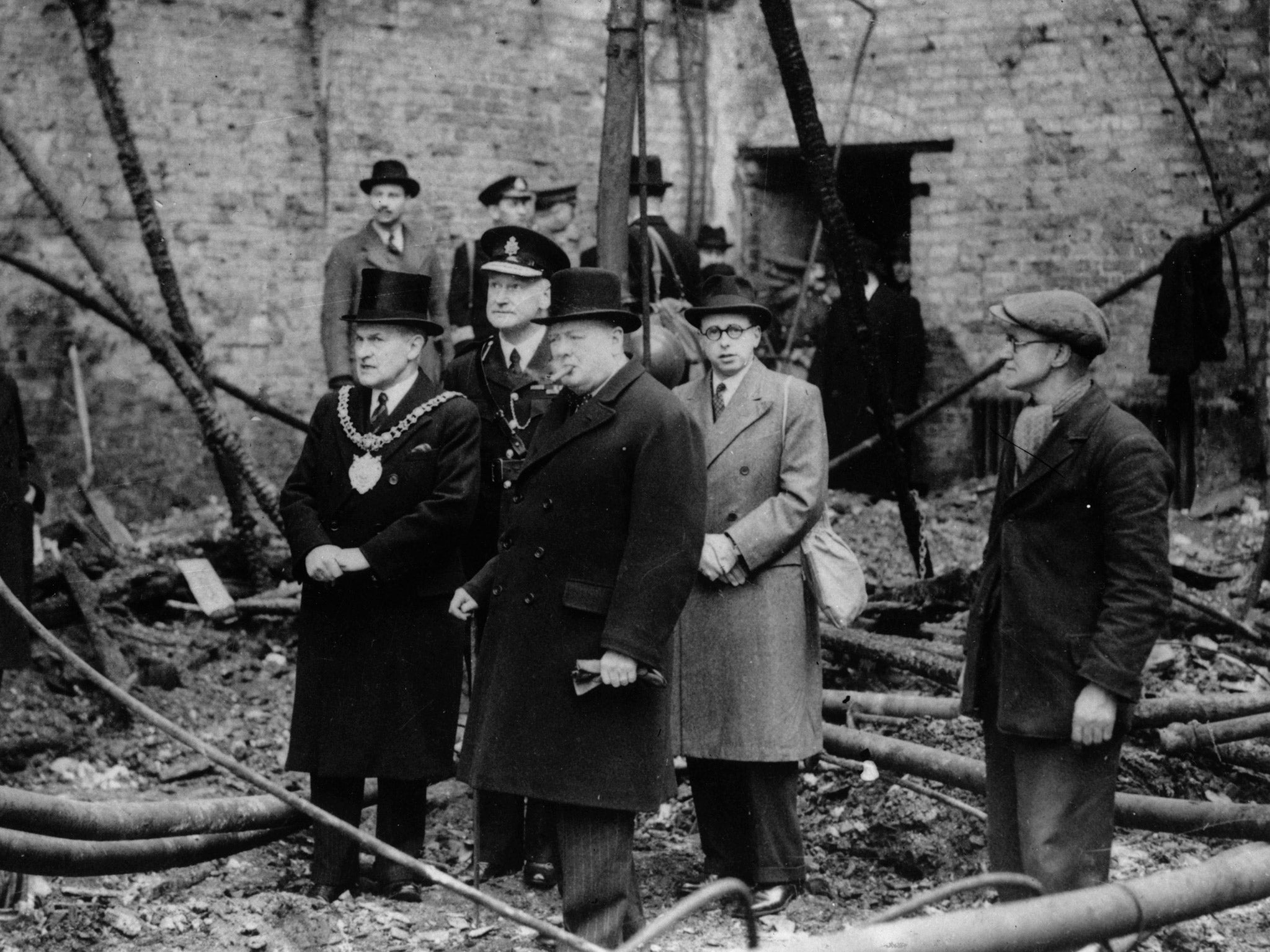The Blitz: How Nazi spies produced detailed target maps of UK cities
The maps, discovered by British troops following D-Day, highlight the inaccuracy of wartime bombing

Nazi spies produced detailed target maps of Manchester and other cities as the Luftwaffe prepared to unleash the Blitz on Britain, it can be revealed.
German reconnaissance maps, published here for the first time, show how Hitler’s bomber crews were told the locations of individual factories and industrial sites ahead of the onslaught.
The maps were discovered by British troops following D-Day and are believed to have been handed over to the Imperial War Museum in London by the government shortly after 1945. They show how the Nazis used high-altitude reconnaissance planes to make detailed photographs of major cities and then used commercial directories and other intelligence sources to draw up a wish-list of likely targets.
But the documents, which are kept in 2,000 individual folders at the museum, also highlight the inaccuracy of wartime bombing.
One map of the Manchester docks includes target data for a Hovis mill, which still stands today.
Bombs fell instead on Manchester United’s Old Trafford stadium, destroying the pitch and causing the club to evacuate to rival Manchester City’s ground for the rest of the war.
A copy of that map of the docks is on display at the Imperial War Museum North in Salford, where Blitzed Brits, an exhibition in association with the Horrible Histories children’s television programme, is currently taking place.
Ian Kikuchi, a historian at the Imperial War Museum in London, said: “The maps feature large cities including London, Liverpool and Manchester, and also smaller places such as Tunbridge Wells, where there were only one or two targets.
“They are interesting because they give us a snapshot of what Britain looked like from above before the bombing started.”
Join our commenting forum
Join thought-provoking conversations, follow other Independent readers and see their replies
Comments